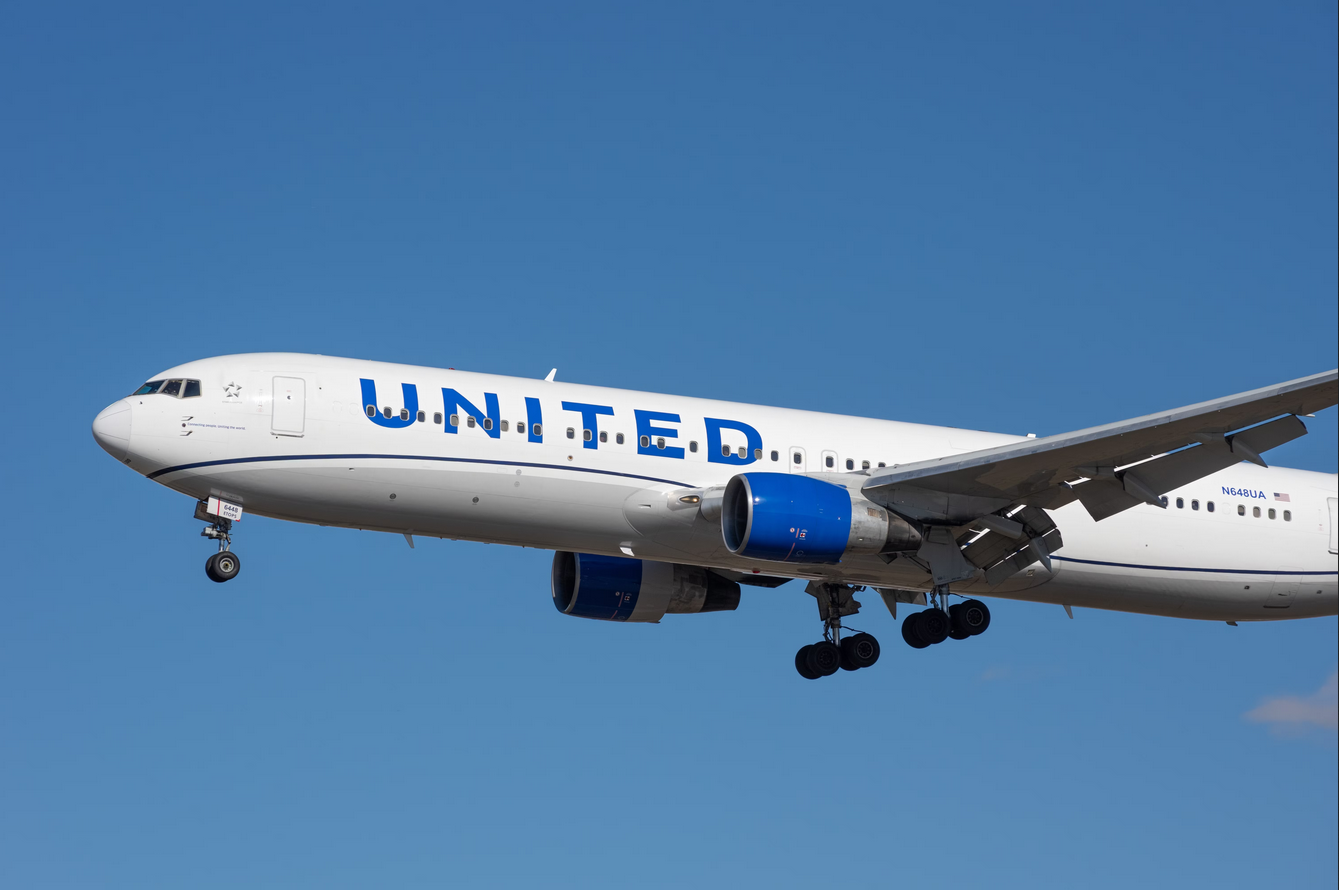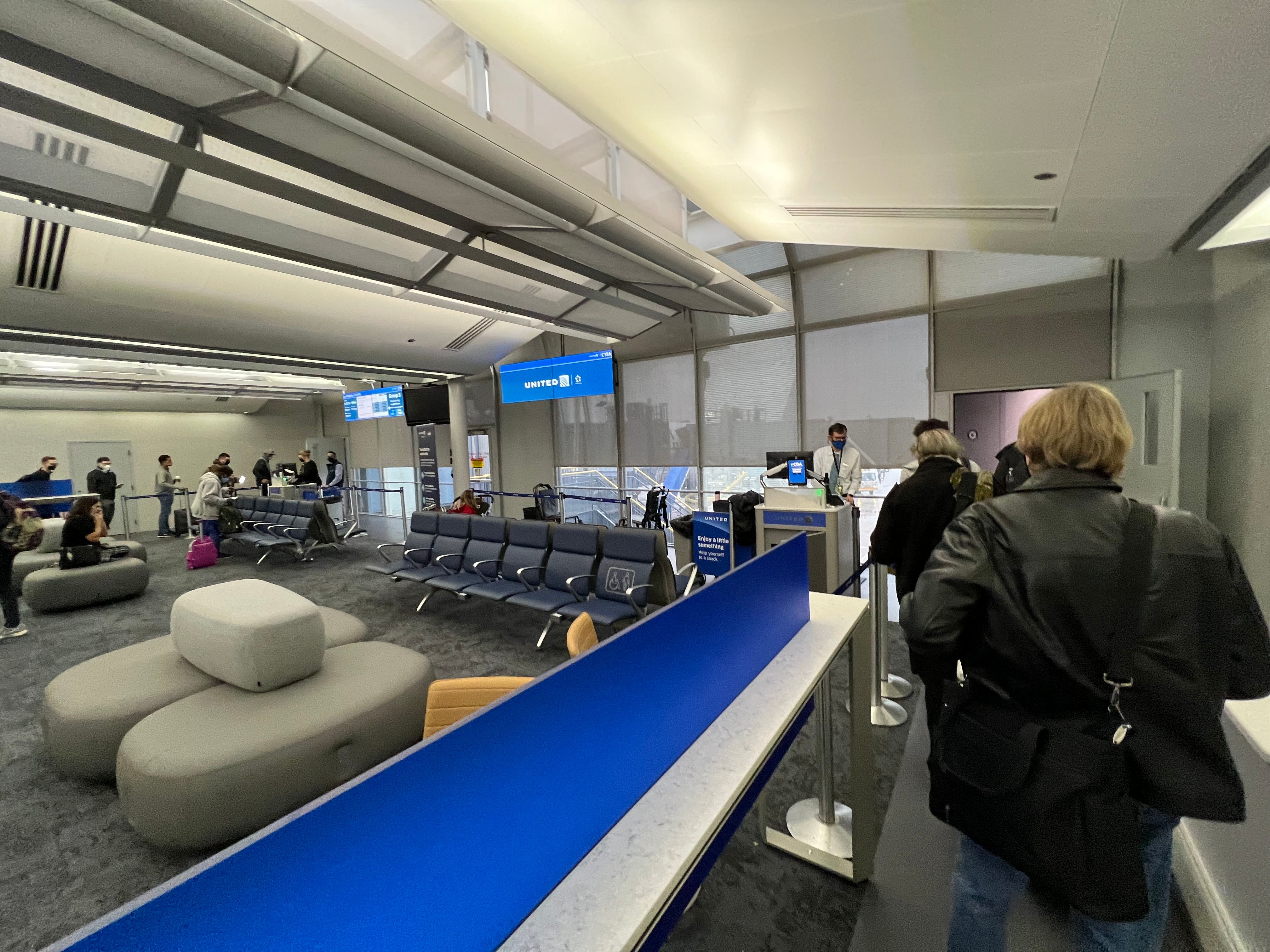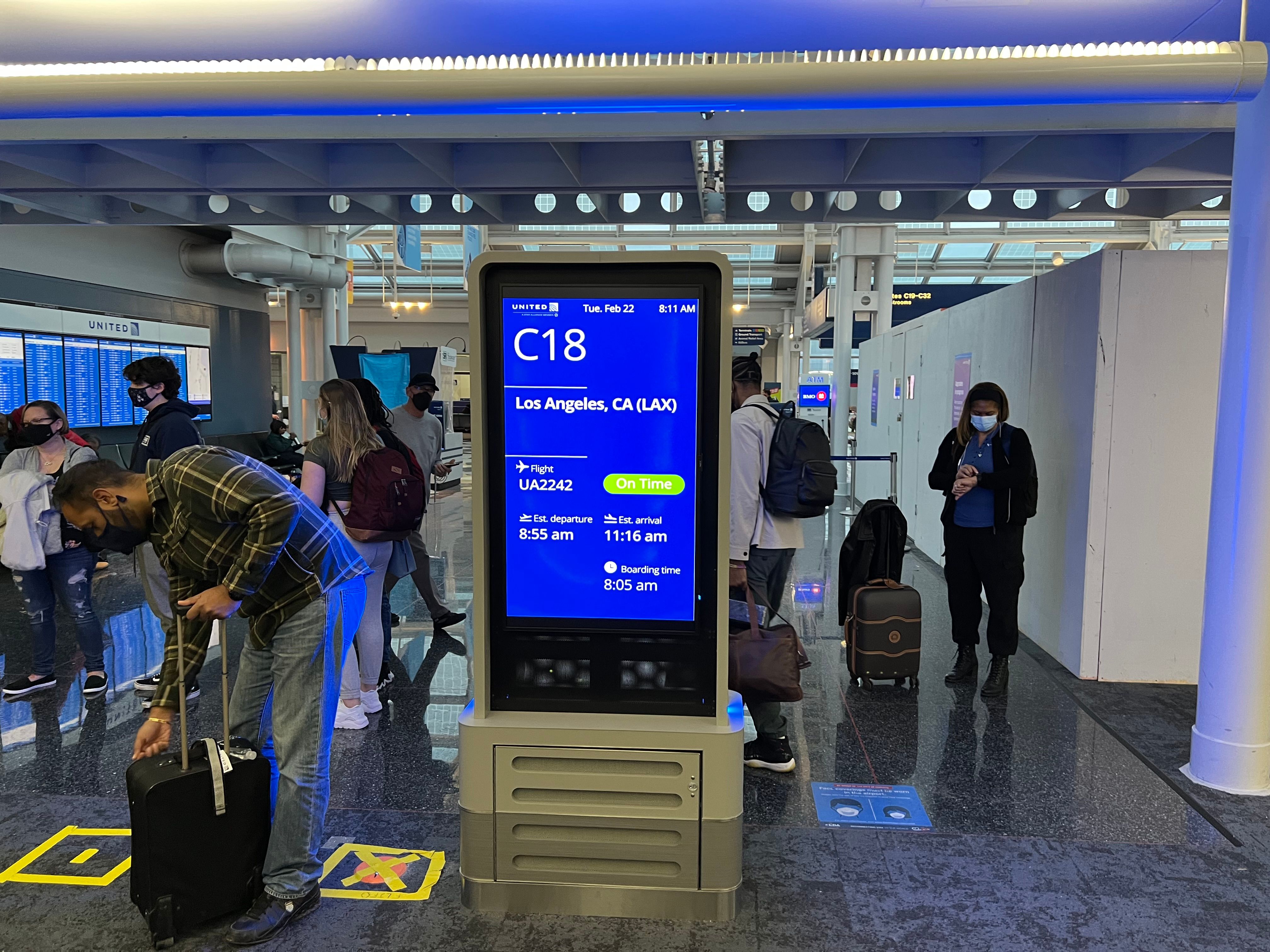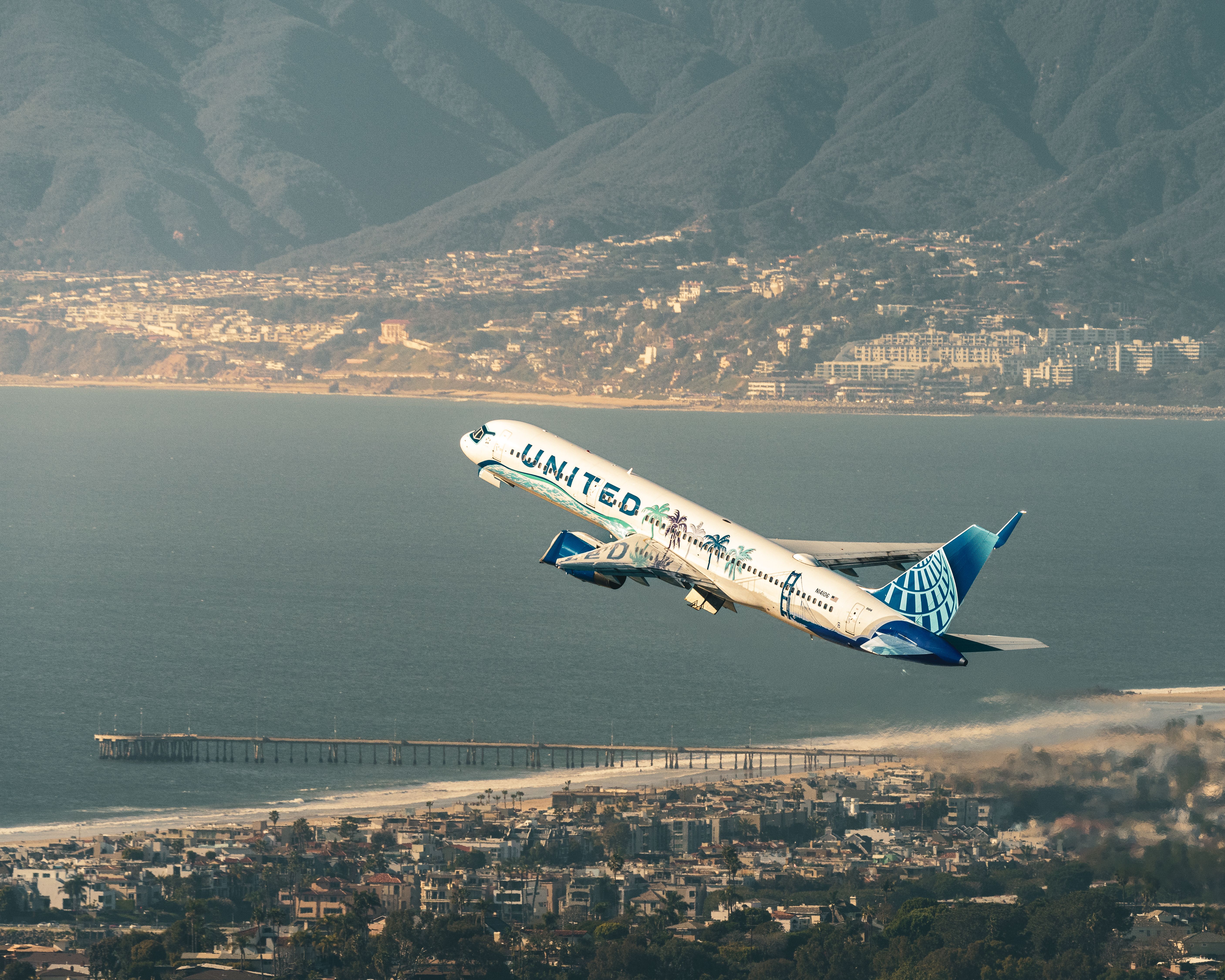Flying domestically in the US relies on a system of boarding groups based on your cabin class, elite status, and much more. If you've flown with United Airlines on its services, you will have been assigned a boarding group number ranging from 1 to 5. This not only determines when you get onboard but also if you'll find overhead space or be forced to gate check your luggage. So, how do these boarding groups work, and how can you move to the front of the queue?
Six groups in total
United actually has six boarding groups, starting with pre-boarding followed by 1 to 5. As the name suggests, the carrier begins with pre-boarding customers before moving down the list in order (albeit with some chaos at the gate itself). Here's who qualifies for each category:
- Pre-boarding: Passengers with disabilities, those with children under two, unaccompanied minors, and United Global Services members.
- Group 1: MileagePlus Premier Gold and Platinum members, Star Alliance Gold members, and anyone traveling in United Polaris, first class, or business class
- Group 2: MileagePlus and Star Alliance Silver members, paid Premier Access of Priority Boarding customers, select United co-branded cardholders (Explorer, Club, and Presidential Plus)
- Groups 3-5: Economy plus, economy, and Basic Economy passengers (board last)
While United doesn't specify who qualifies between groups 3 to 5, we know that basic economy is last unless, of course, one has status or the right cards. According to Upgraded Points, Group 3 includes those in window seats, Group 4 is those in a middle seat, and the last group is for aisle seats and basic economy tickets.
Get the latest aviation news straight to your inbox: Sign up for our newsletters today.
Why it matters
If you've found yourself in Groups 3 to 5, you'll be in the danger zone. In addition to waiting in the crowded boarding area, you are at serious risk of having your baggage gate-checked due to overhead capacity limits. Gate agents also become more vigilant about multiple bags and size limits, especially if the flight is full. In Groups 1 and 2, agents tend to be a bit more lenient. Gate-checking can be pretty frustrating for passengers, especially if you've planned to avoid waiting at the baggage belt. So, what can you do to prevent this issue?
Love learning about points and miles? Read more of our loyalty news and guides here.
Credit Cards
The fastest way to move up is to gain elite status with United MileagePlus or any Star Alliance carrier. There are many ways to do this even without United's expensive requirements, such as accruing 12,000 miles and two flights with Aegean Airlines. This Silver status will bump you to Group 2 and is the best option for European travelers.
However, the United Explorer Card is the best deal if you live in the US. For only $95 (first year free), you'll get two United Club passes, a first free checked bag, and, yes, Group 2 boarding. Add in a sign-up bonus, currently 10,000 miles, and this card is a no-brainer for anyone who flies United more than a few times a year.
Source: Upgraded Points




